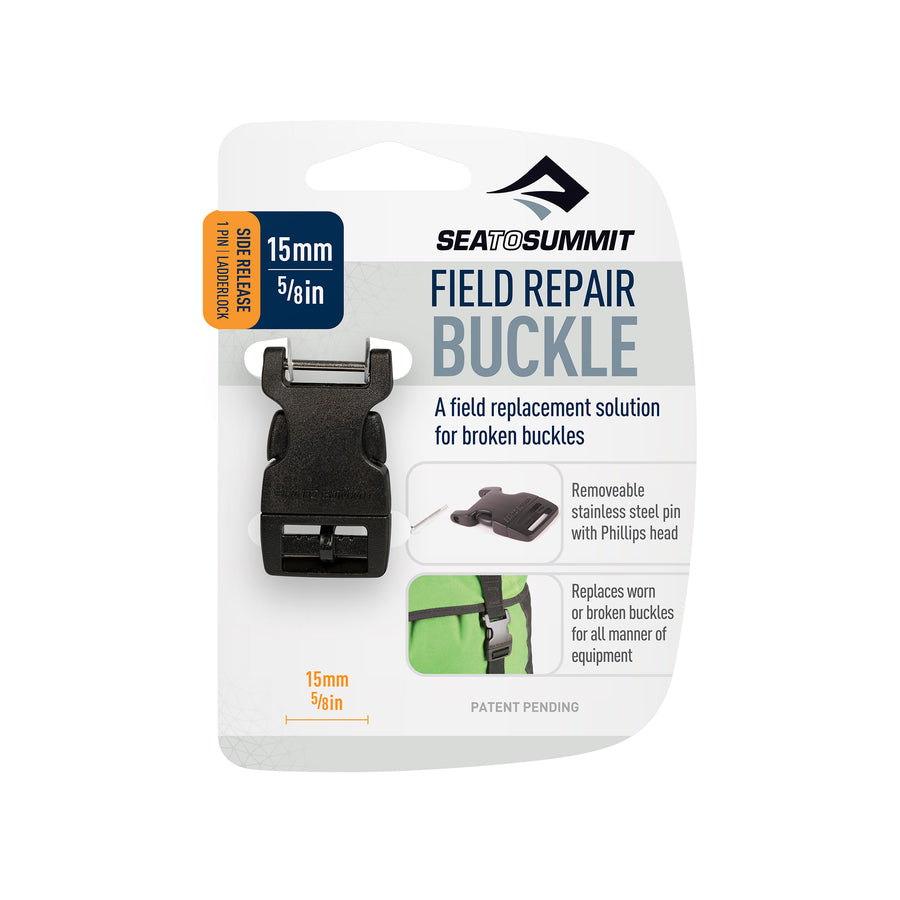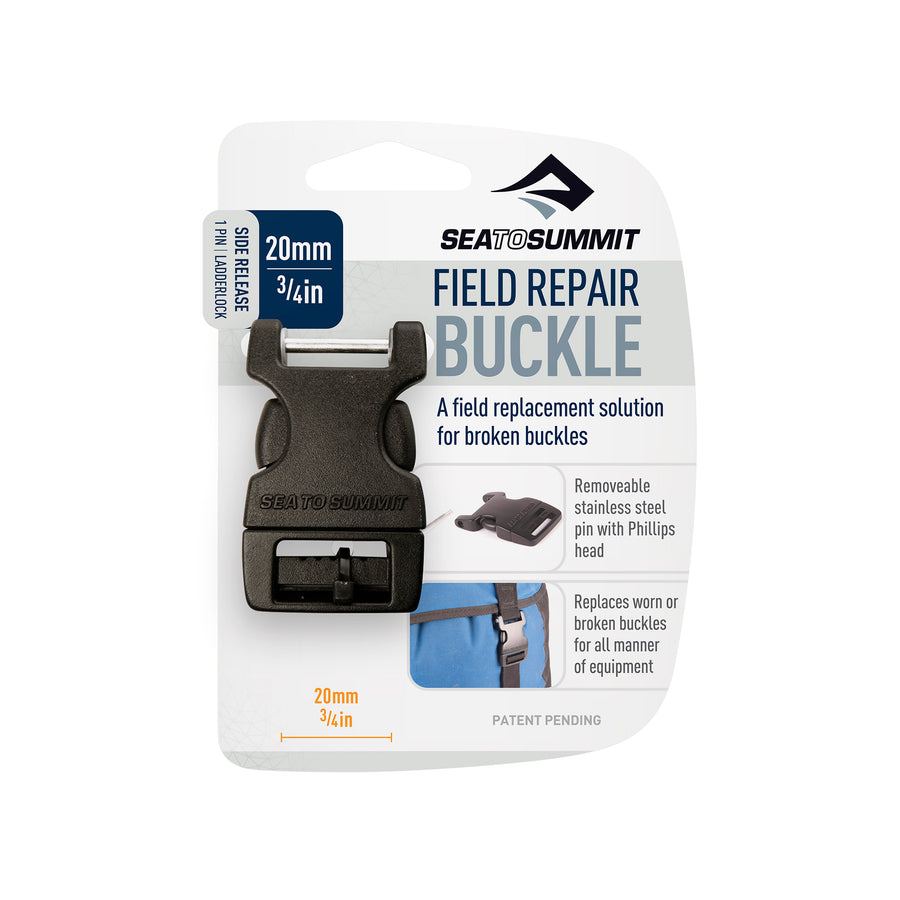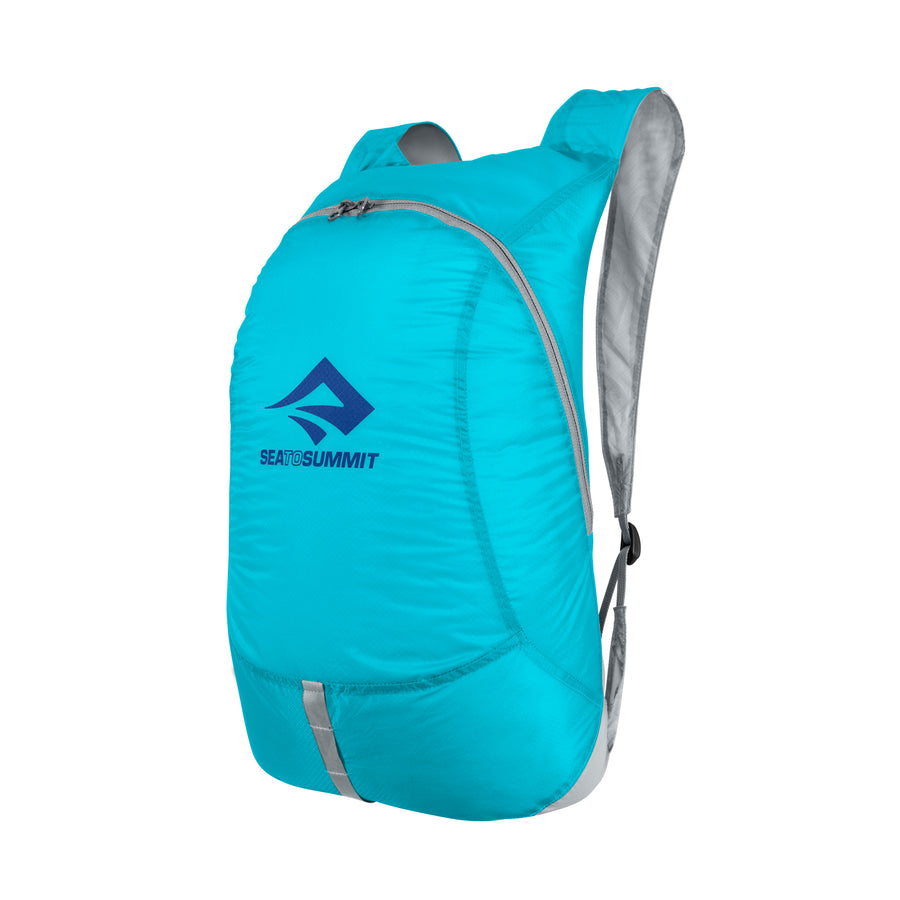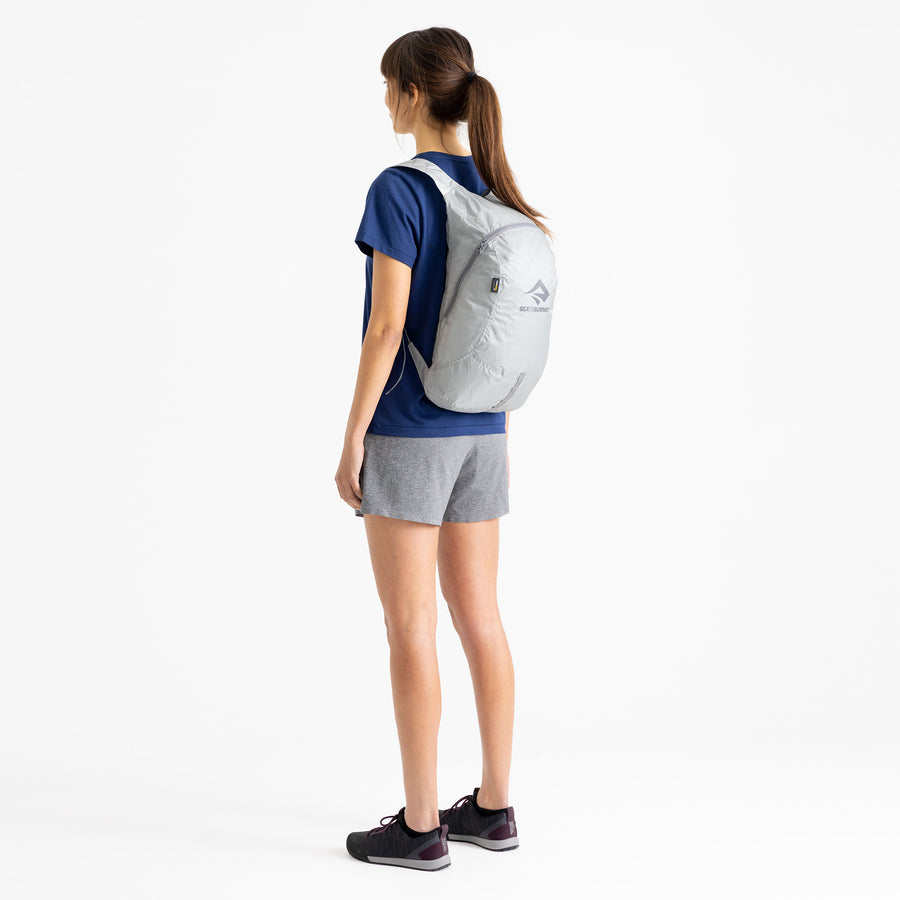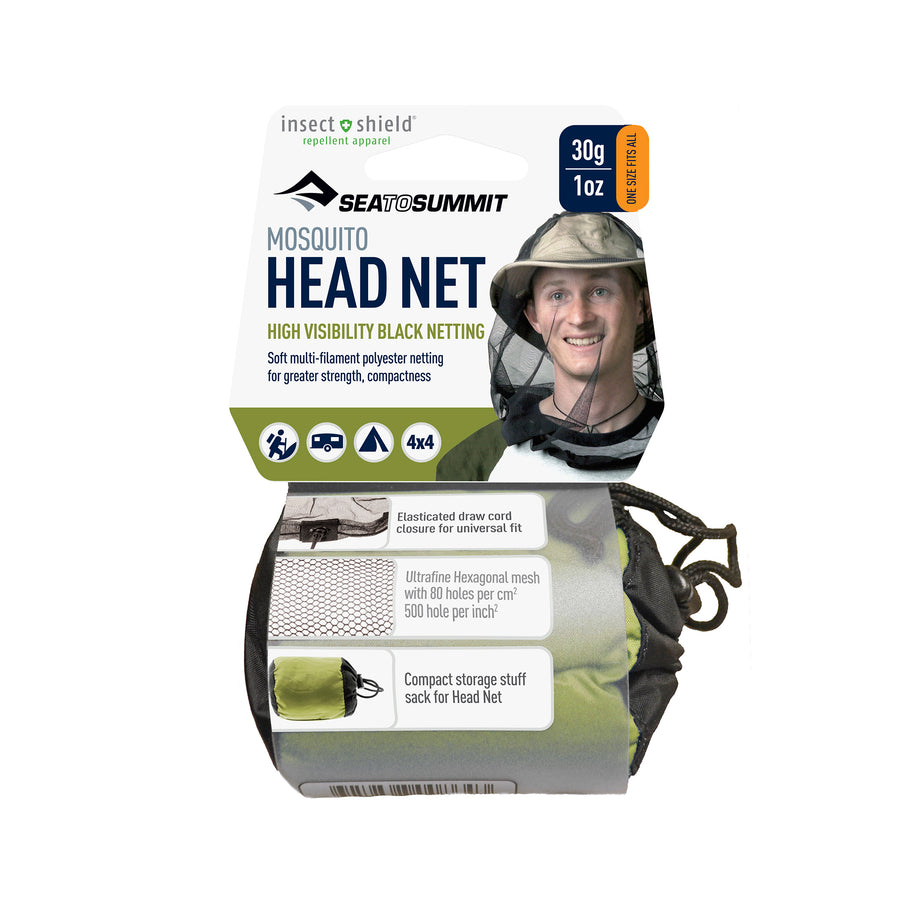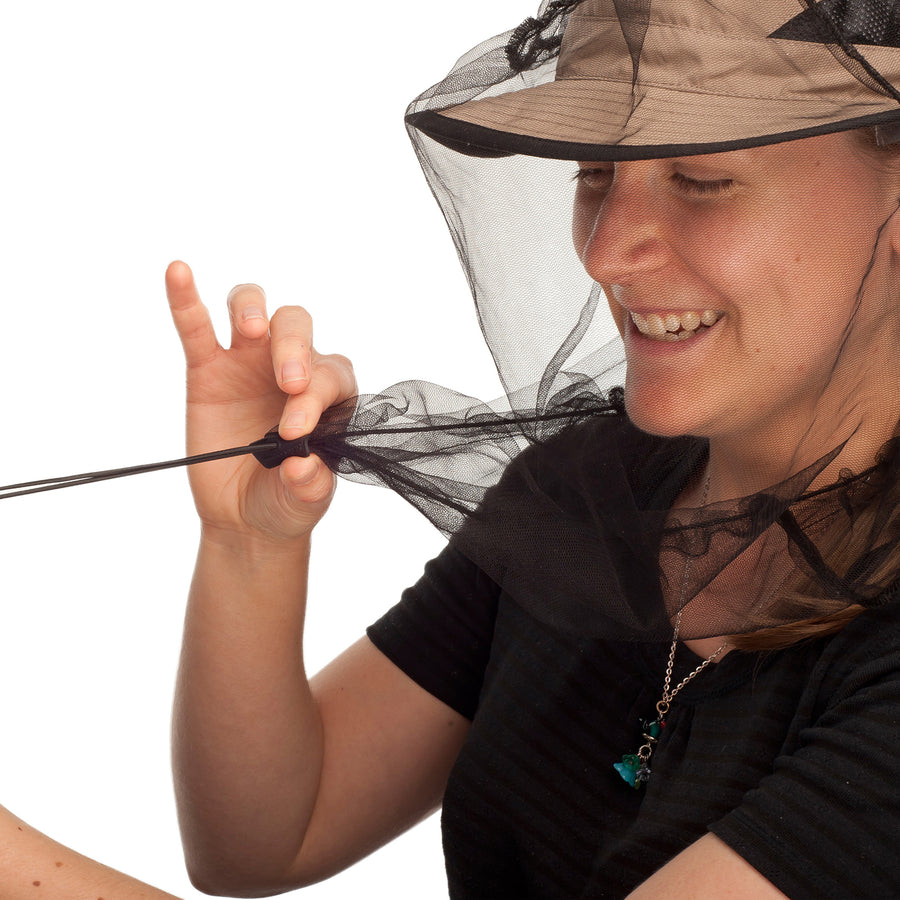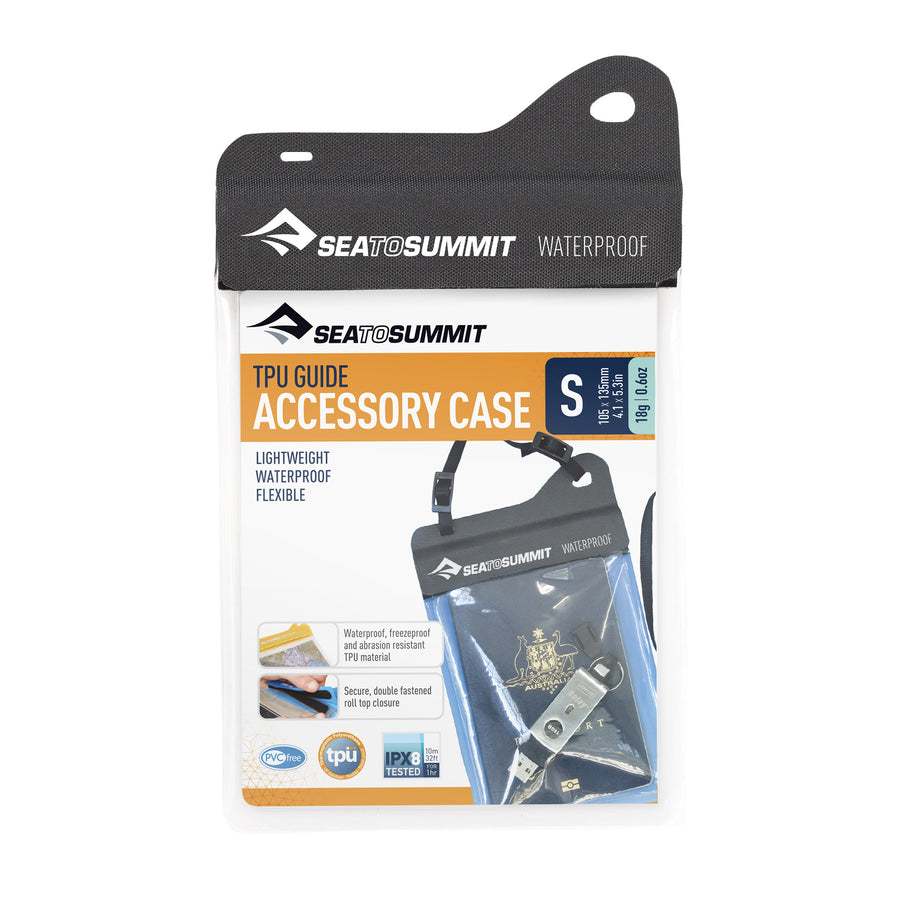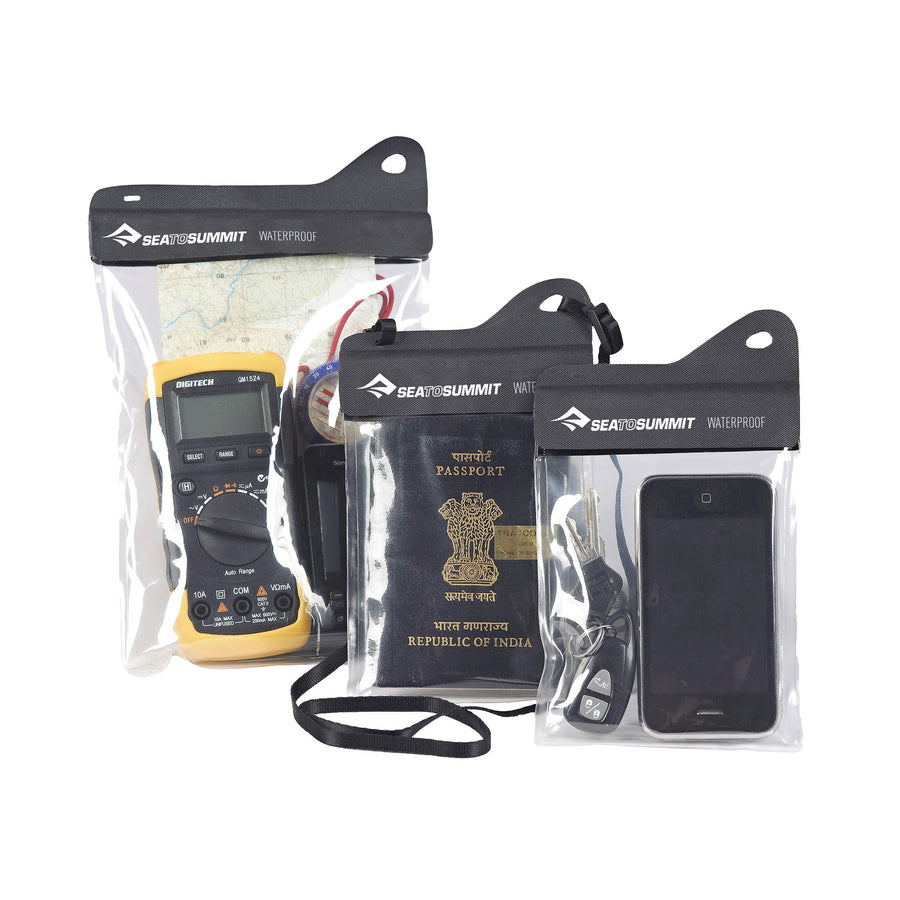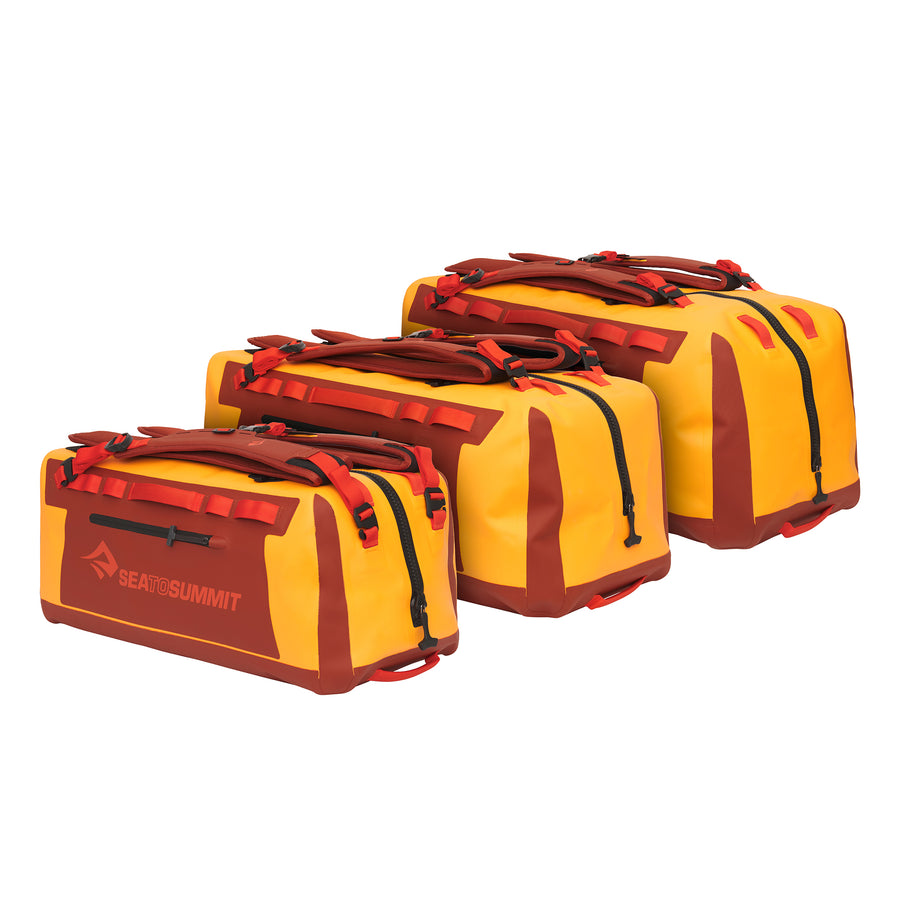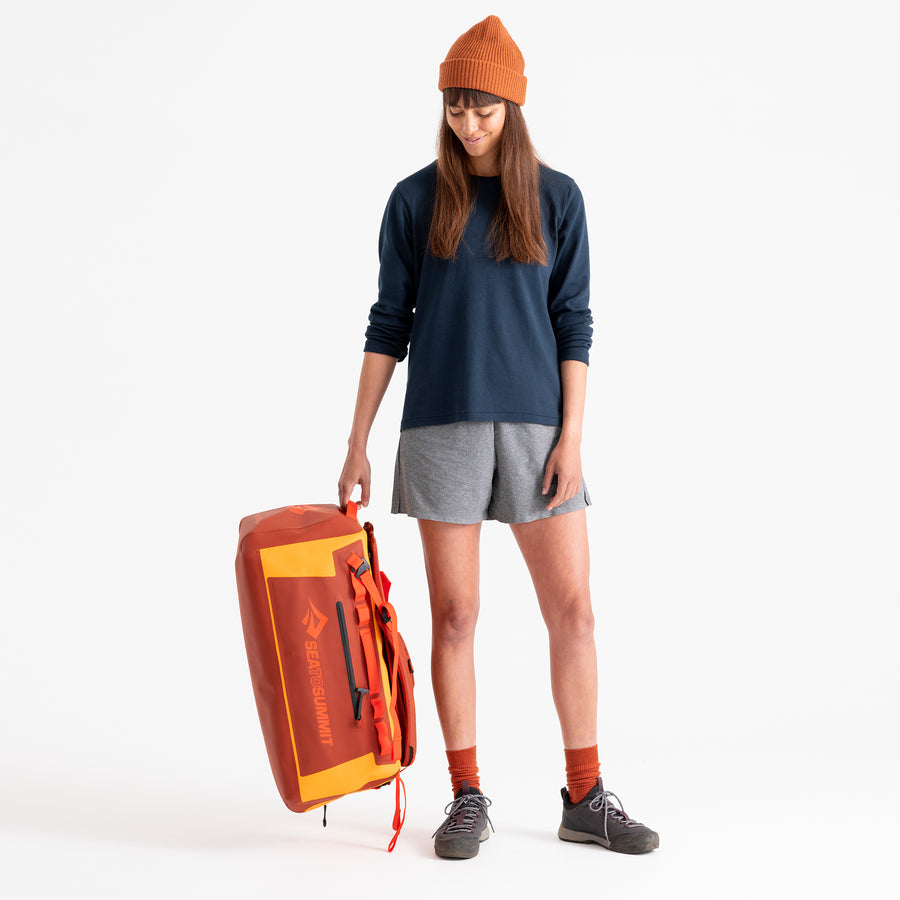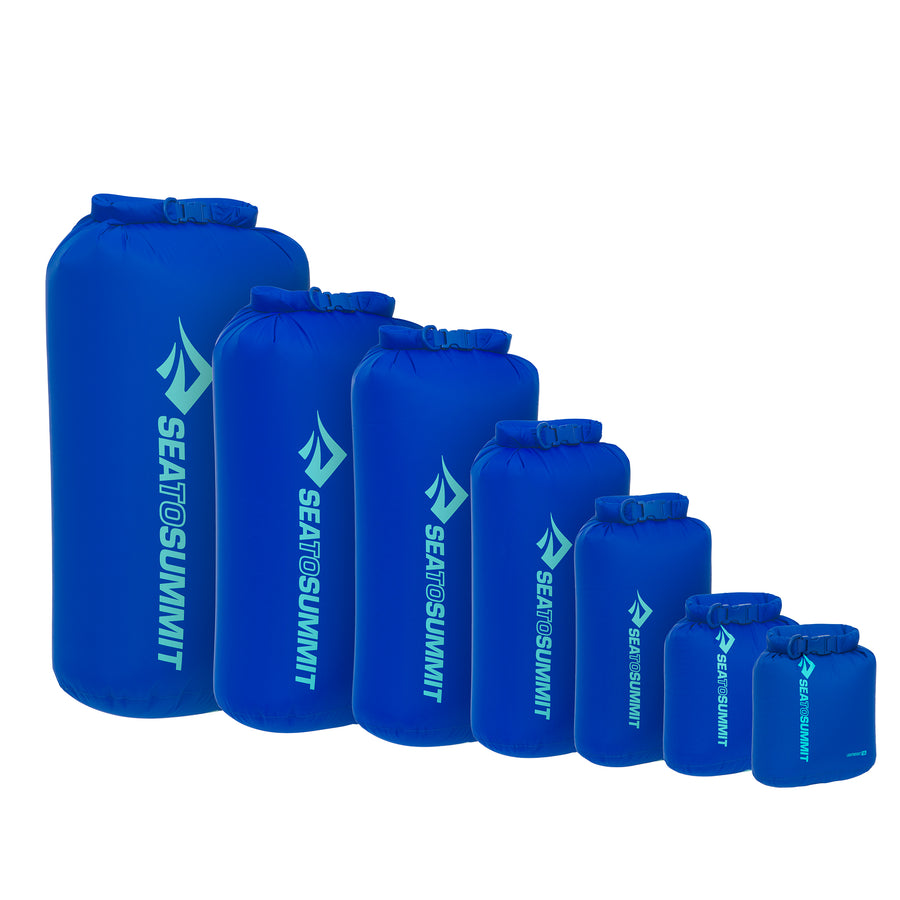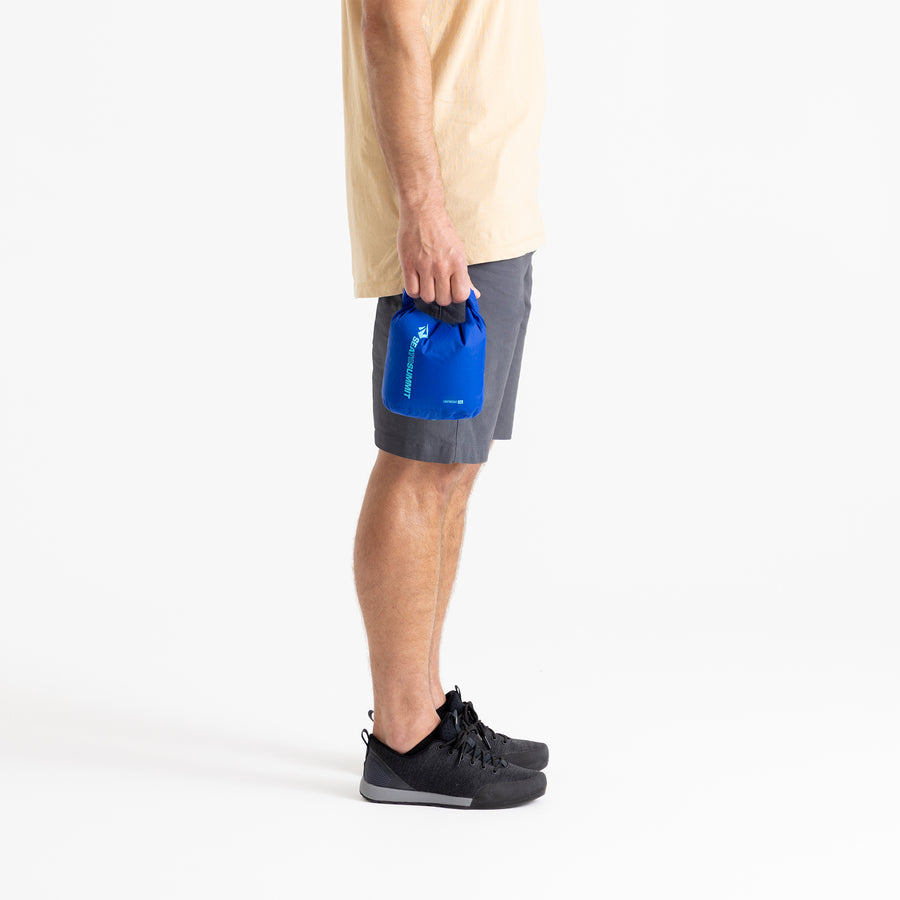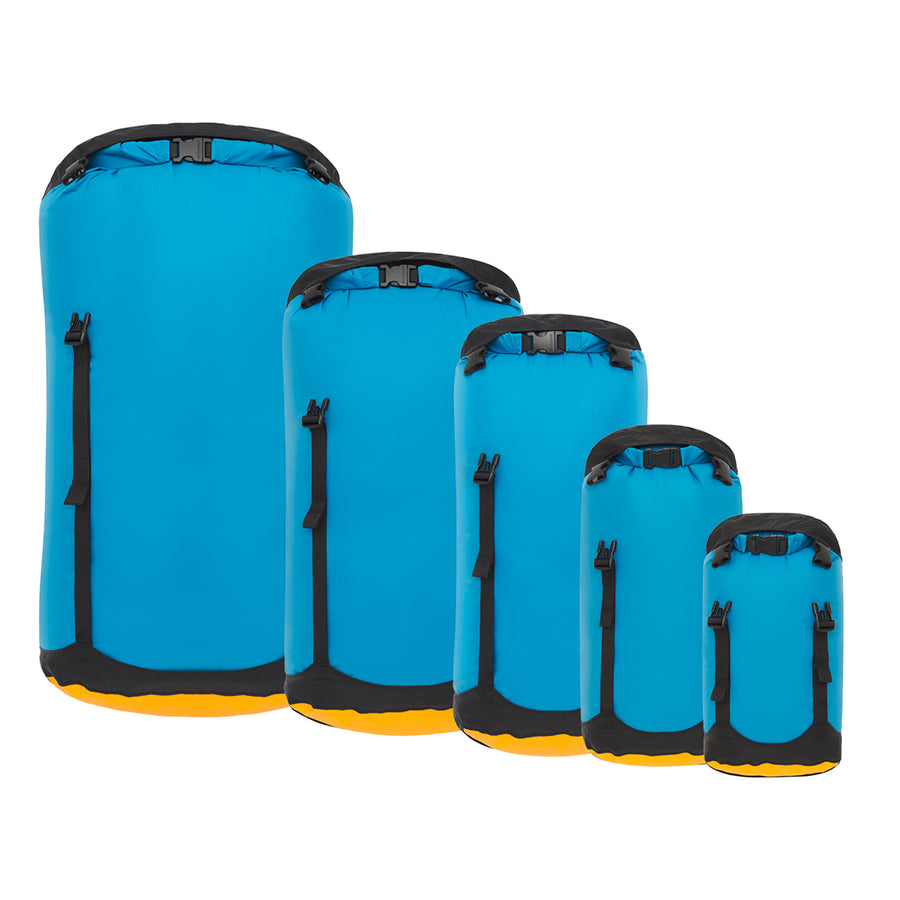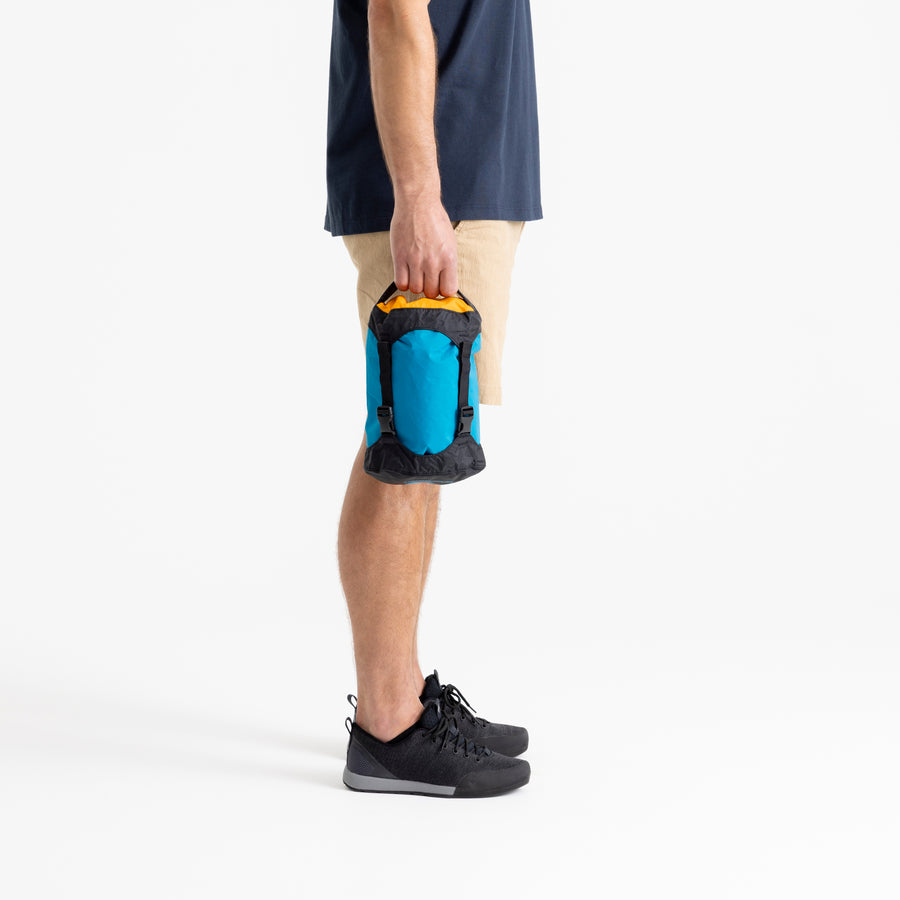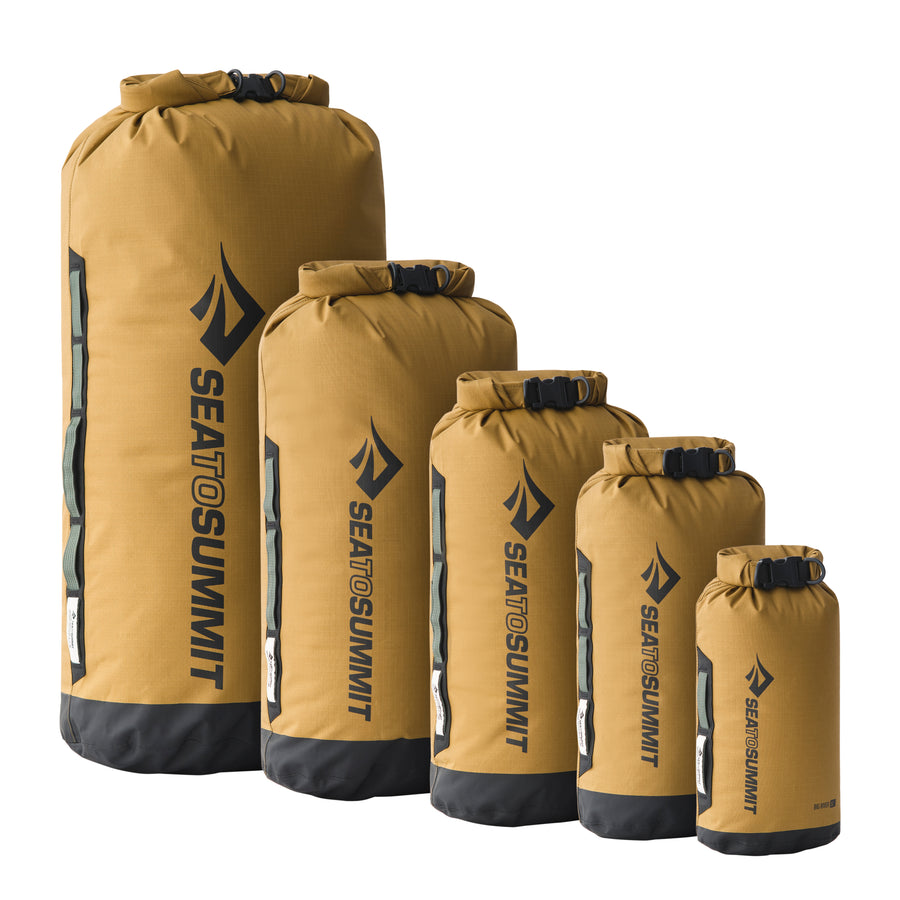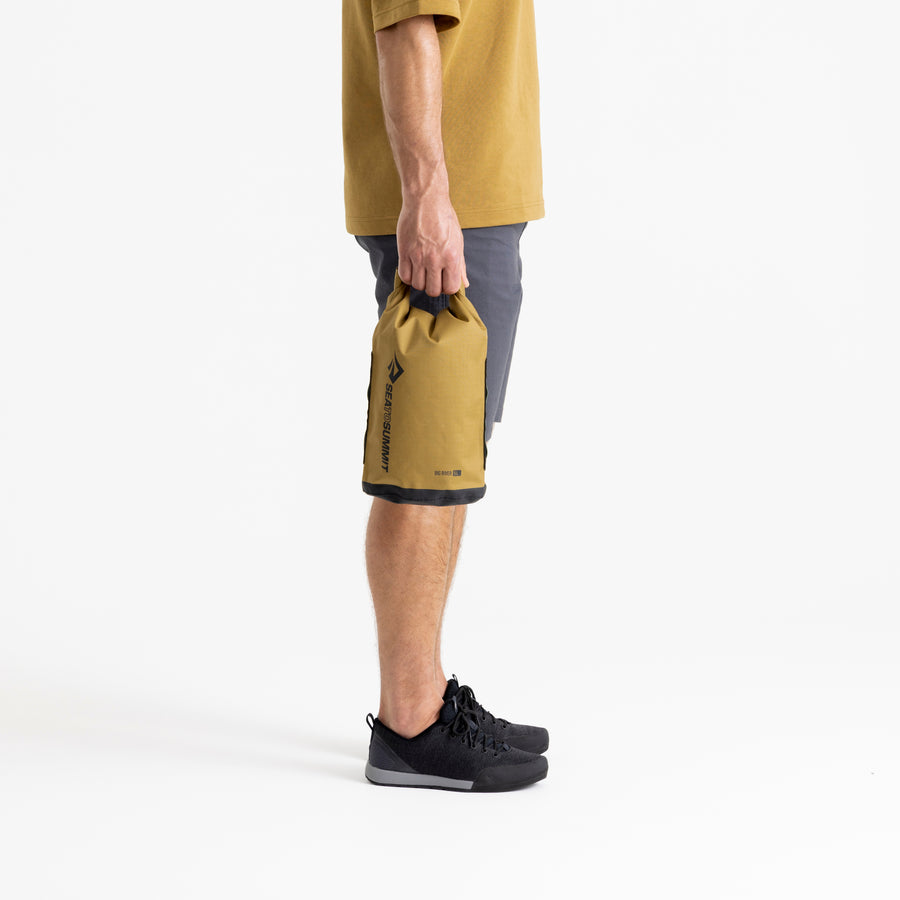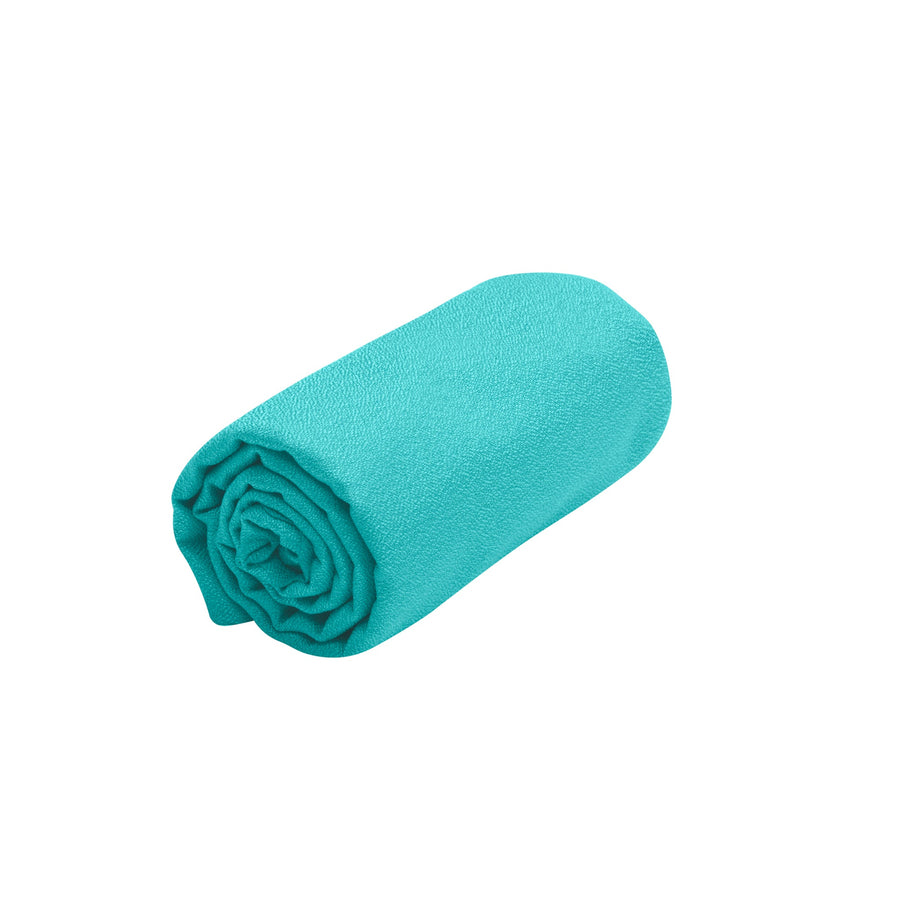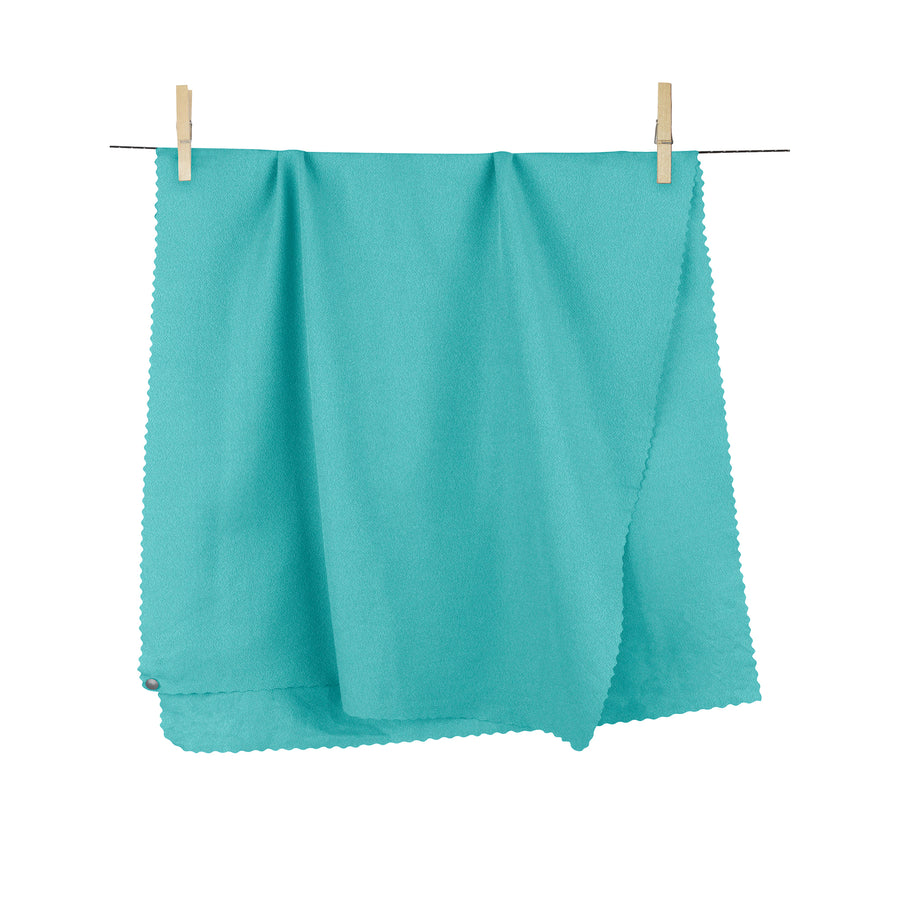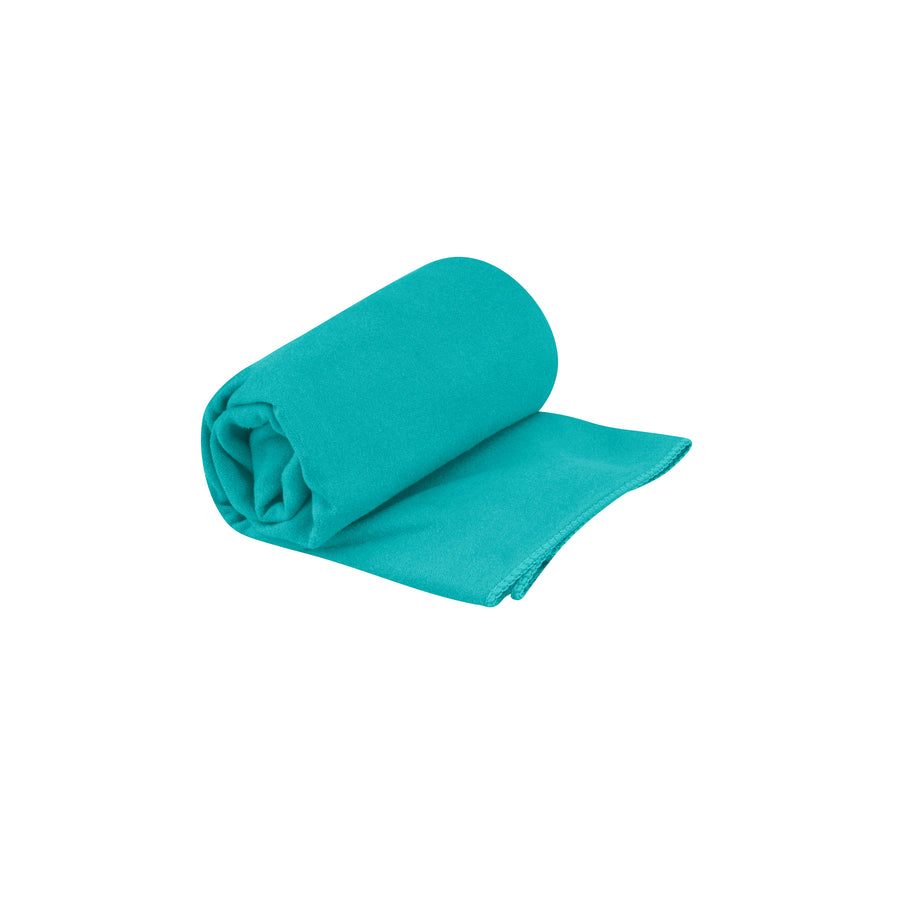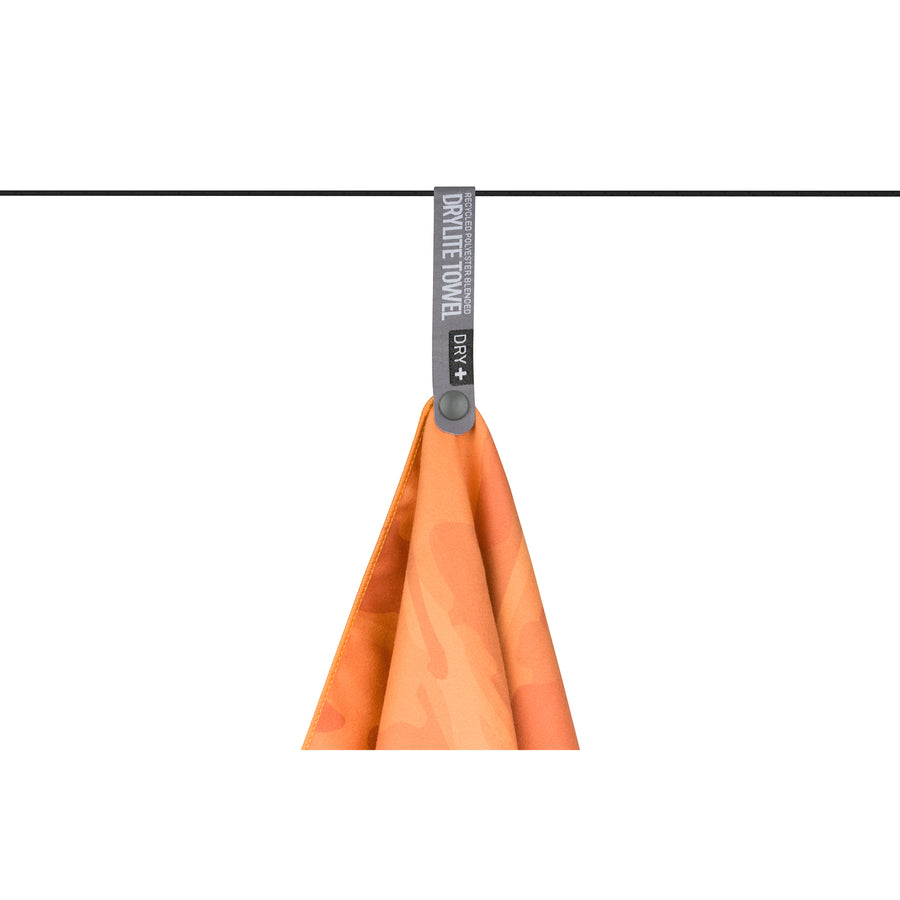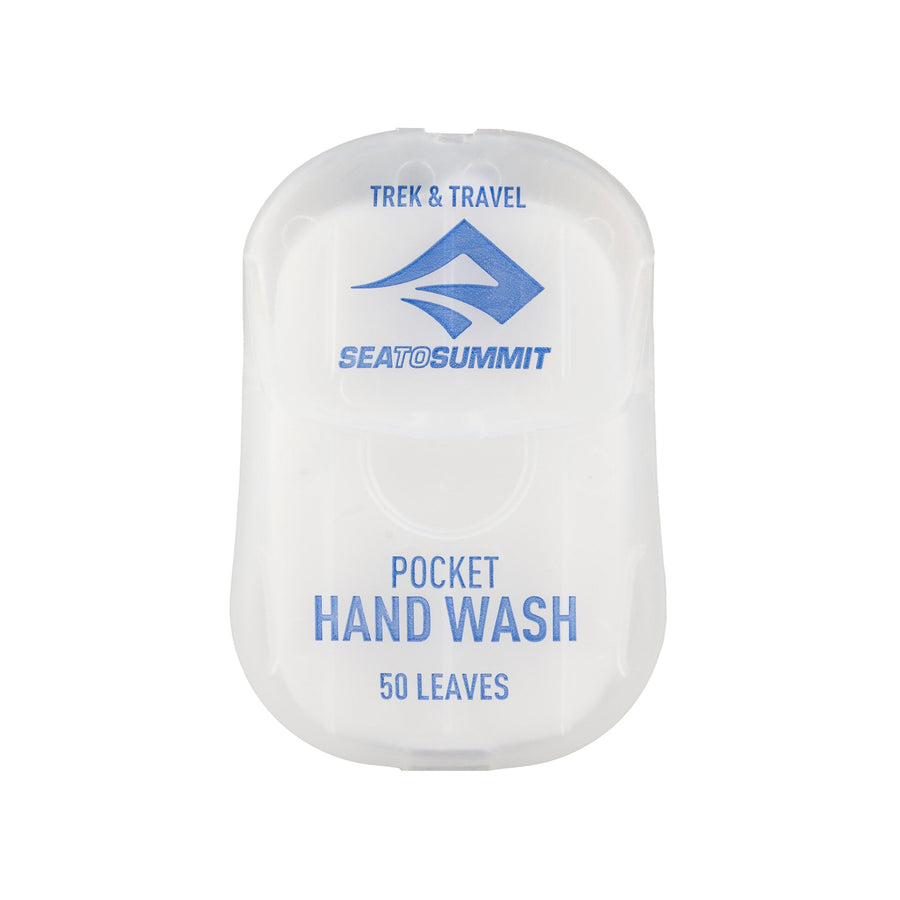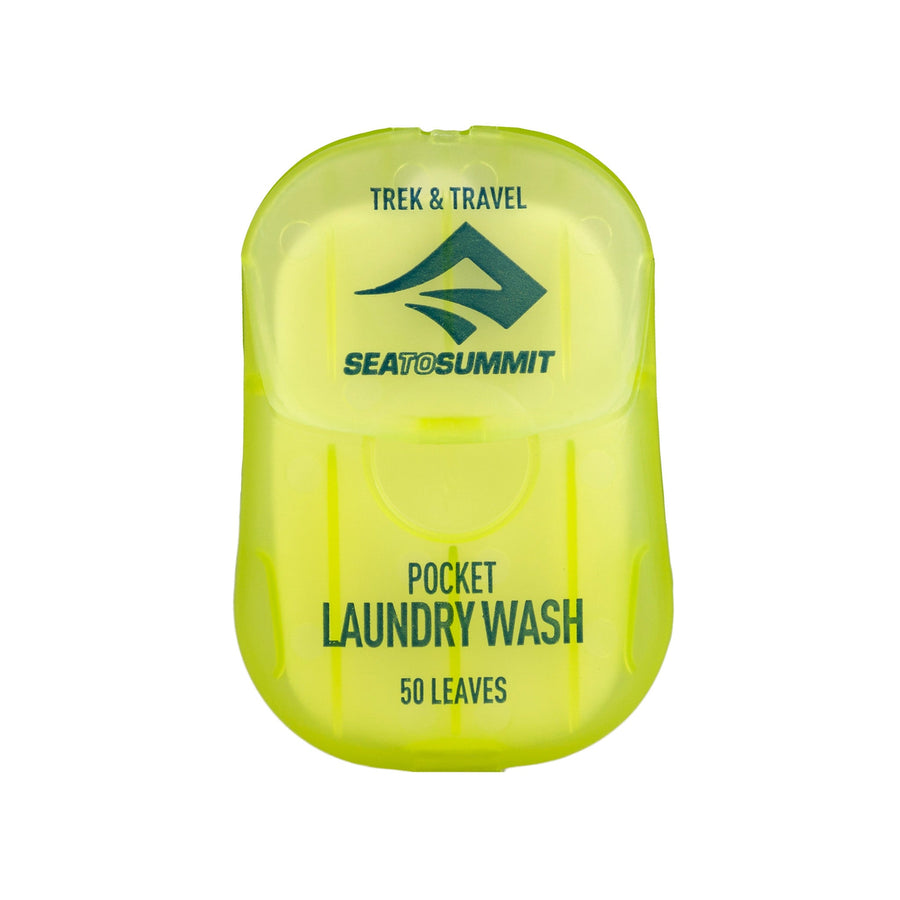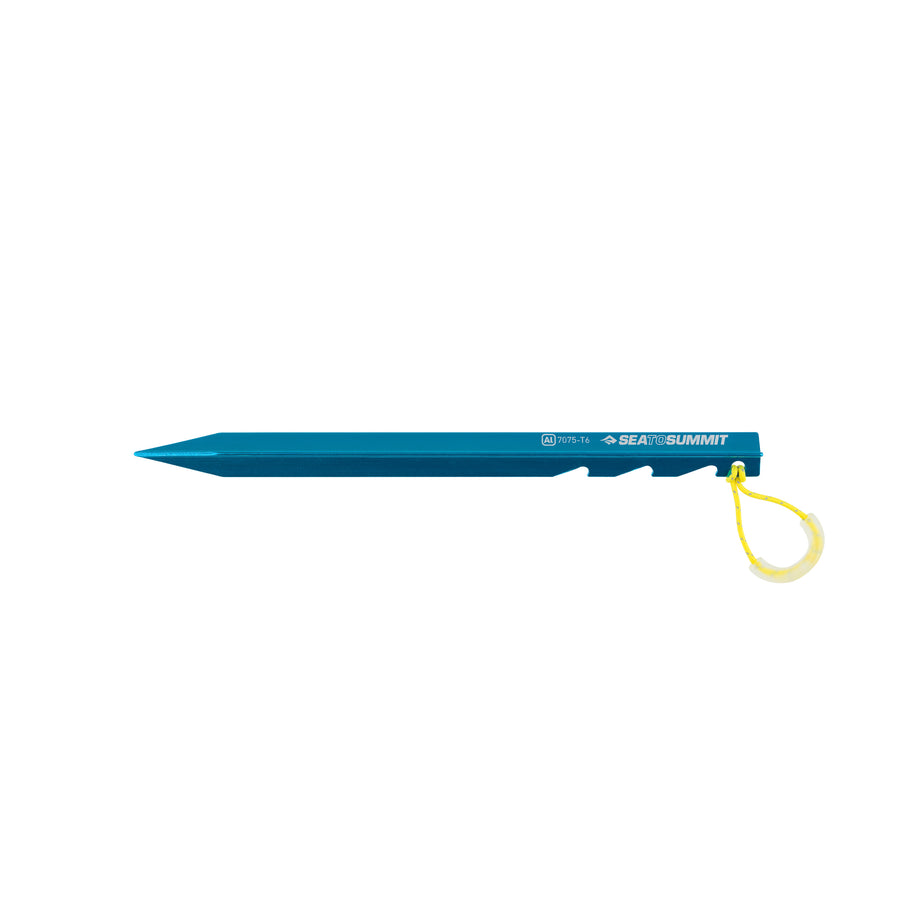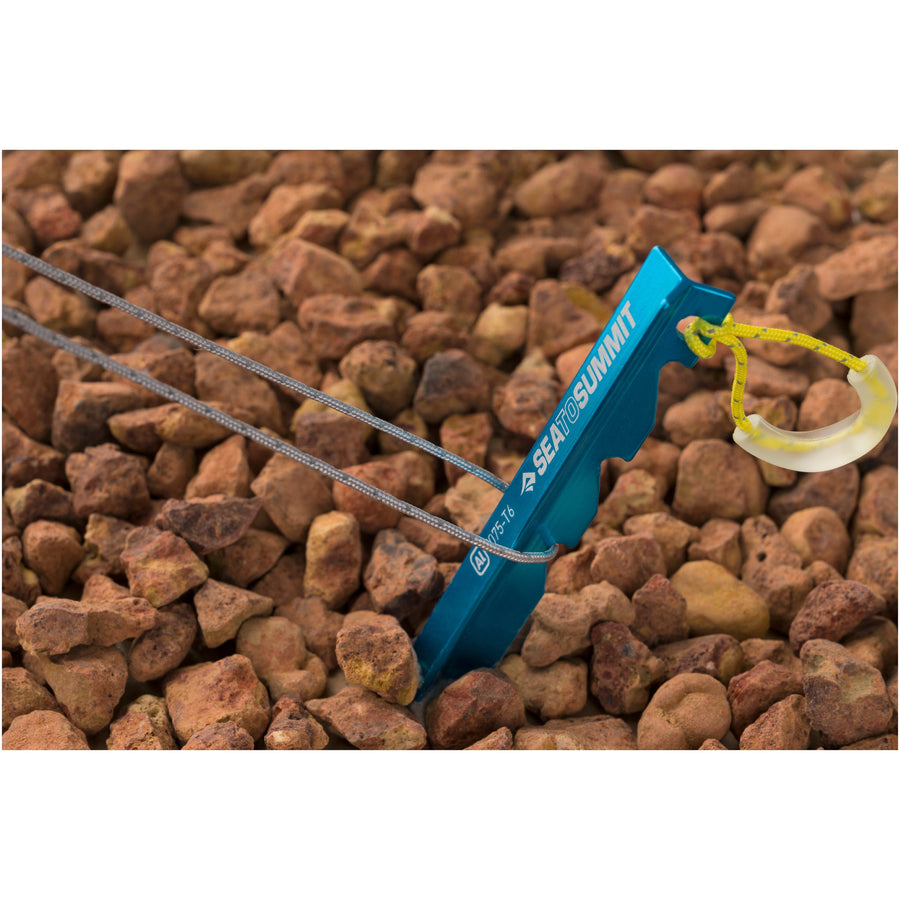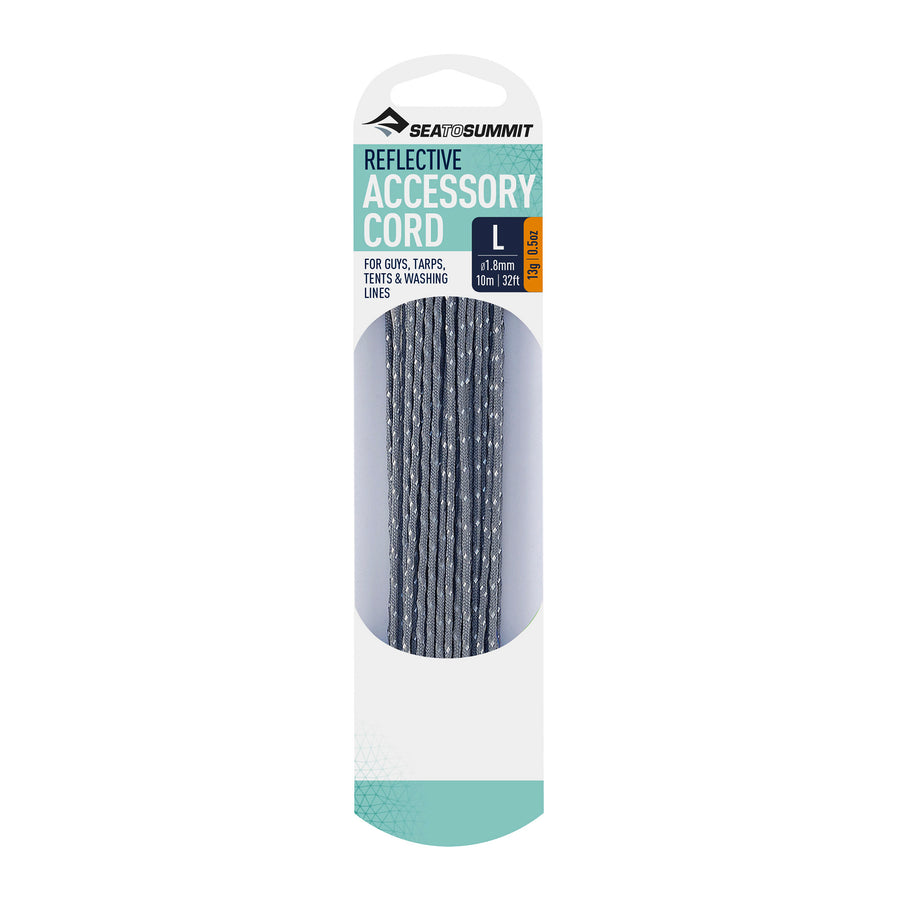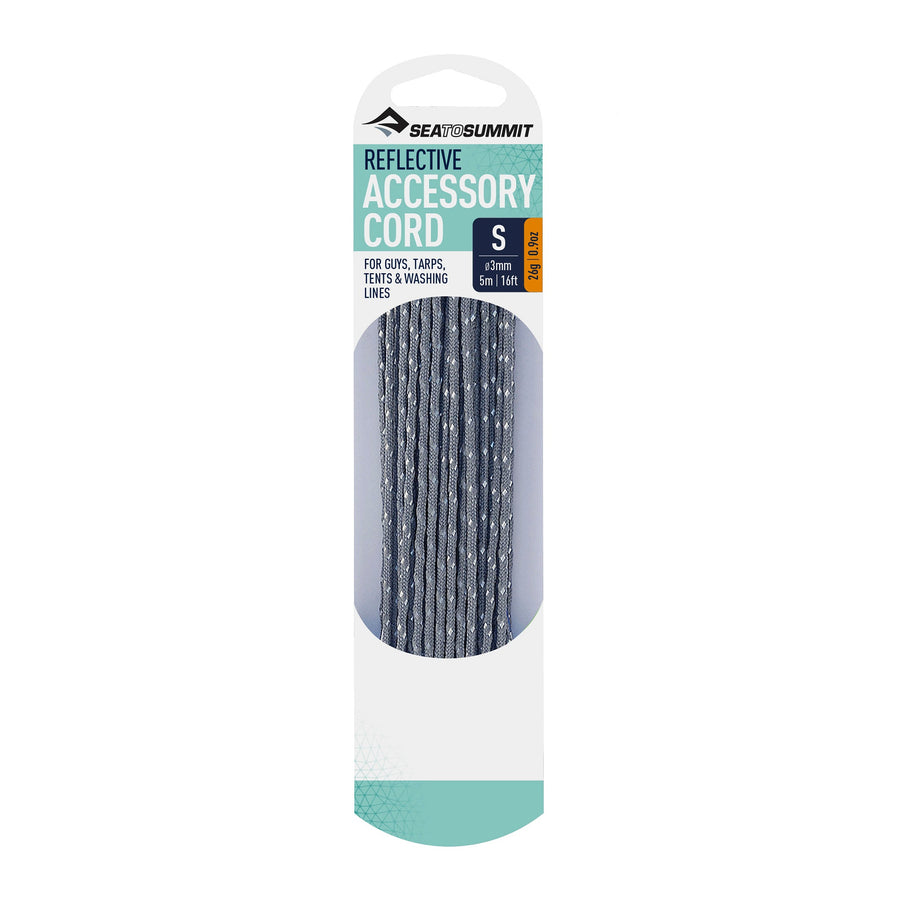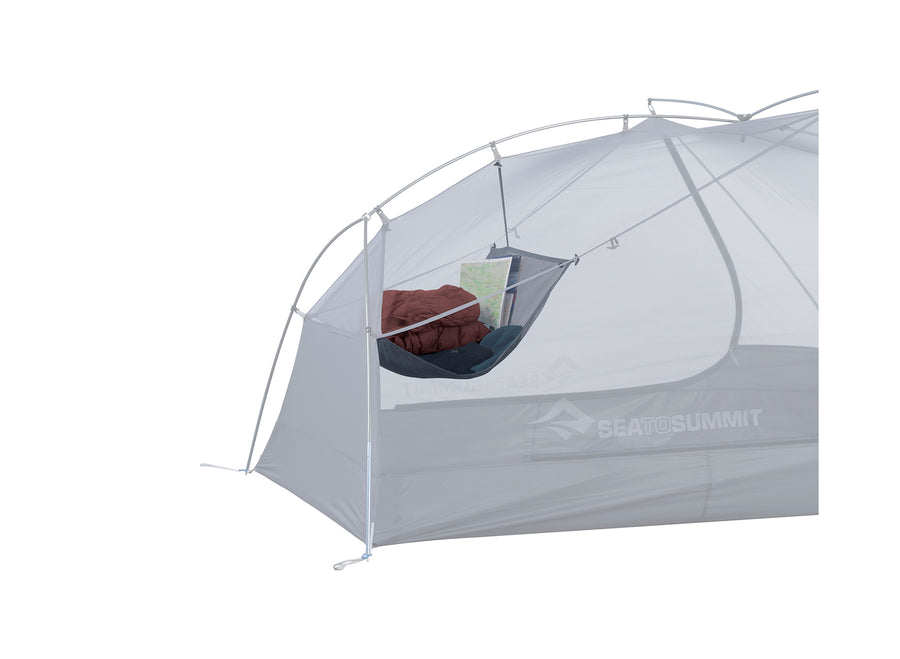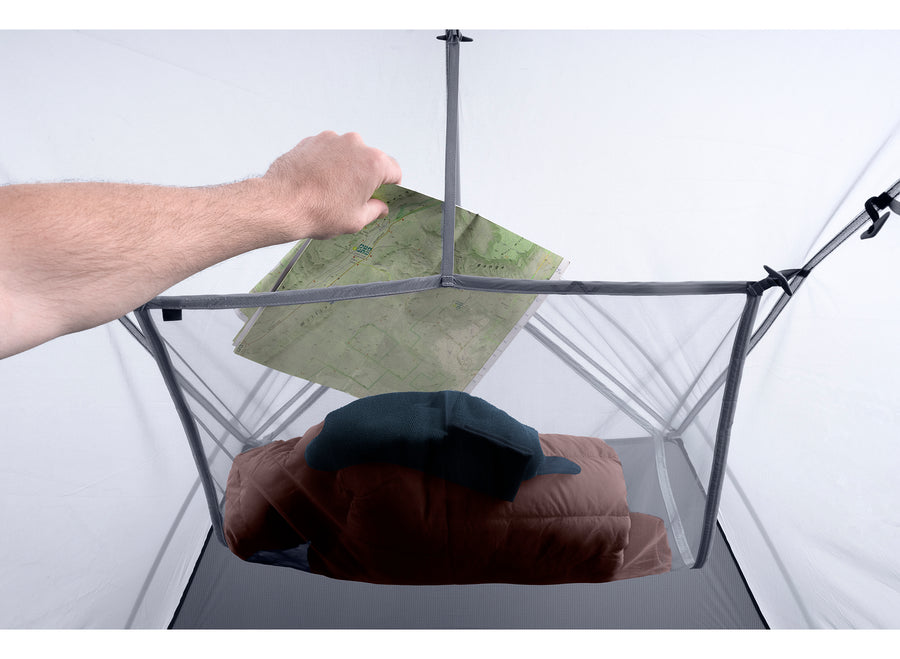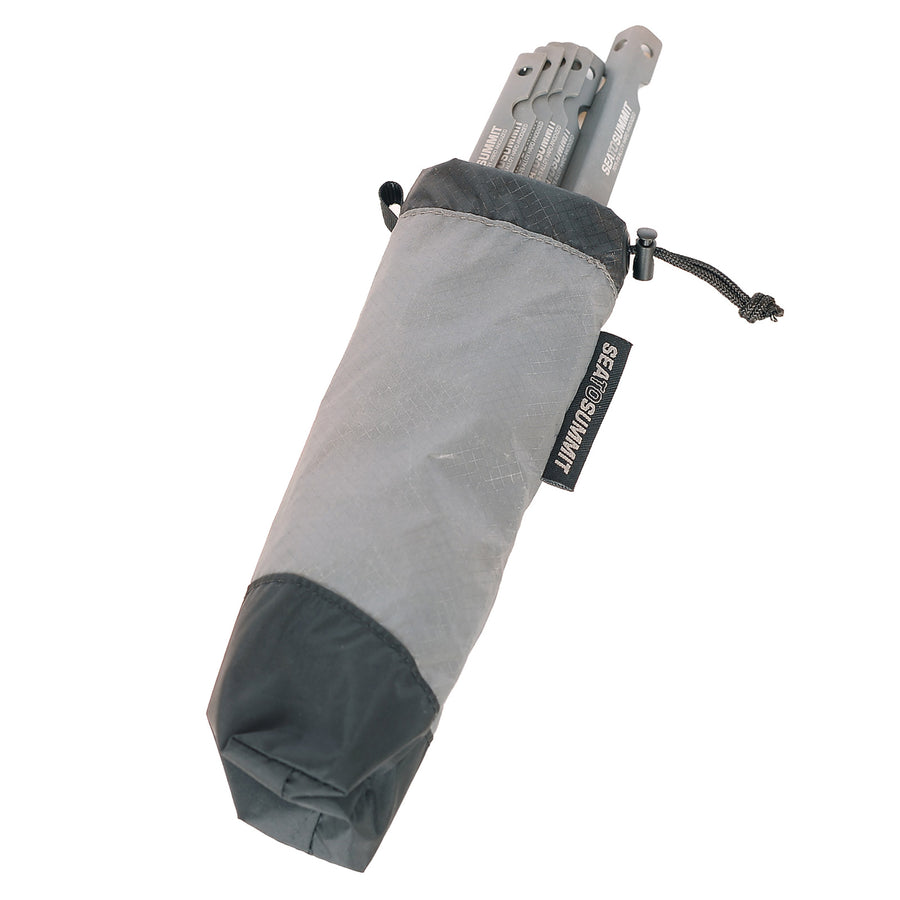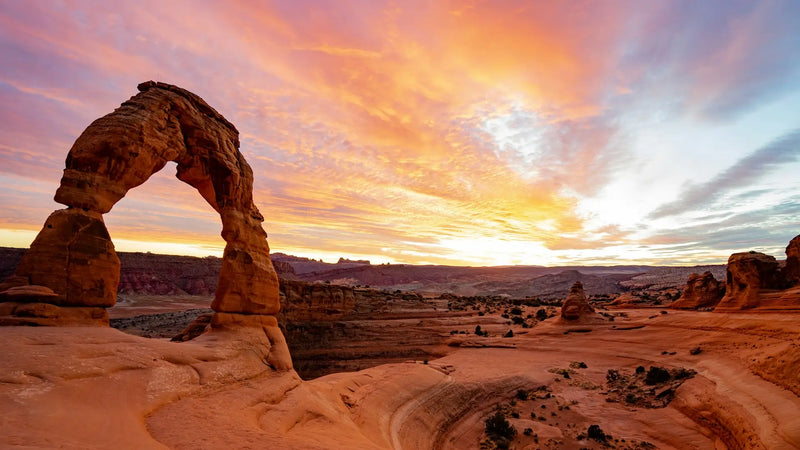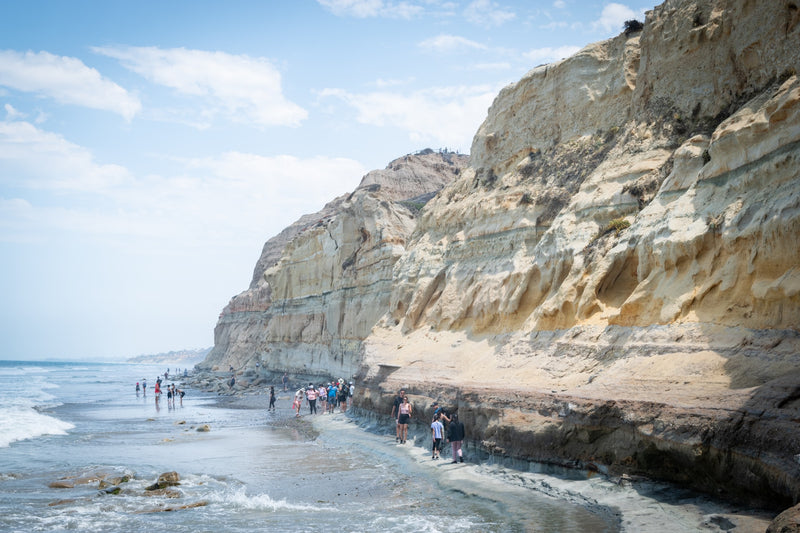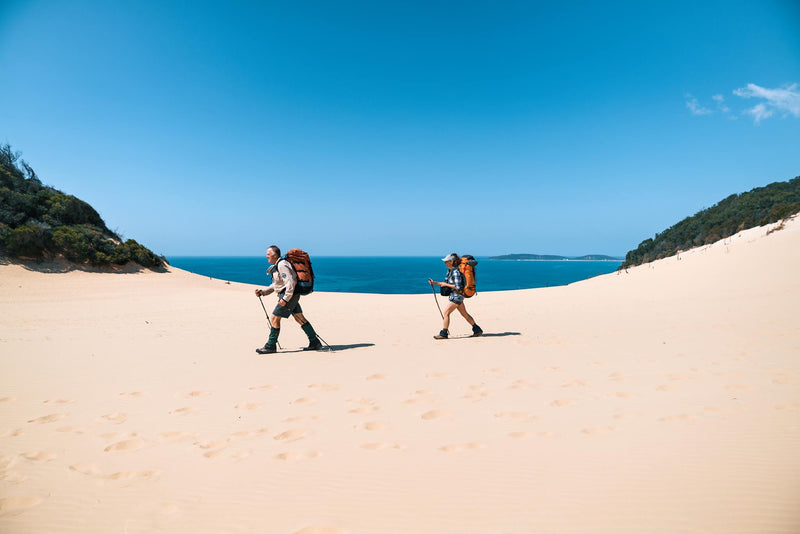An Adventure Tale with Scottish High Liner and Photographer, Owen Hope
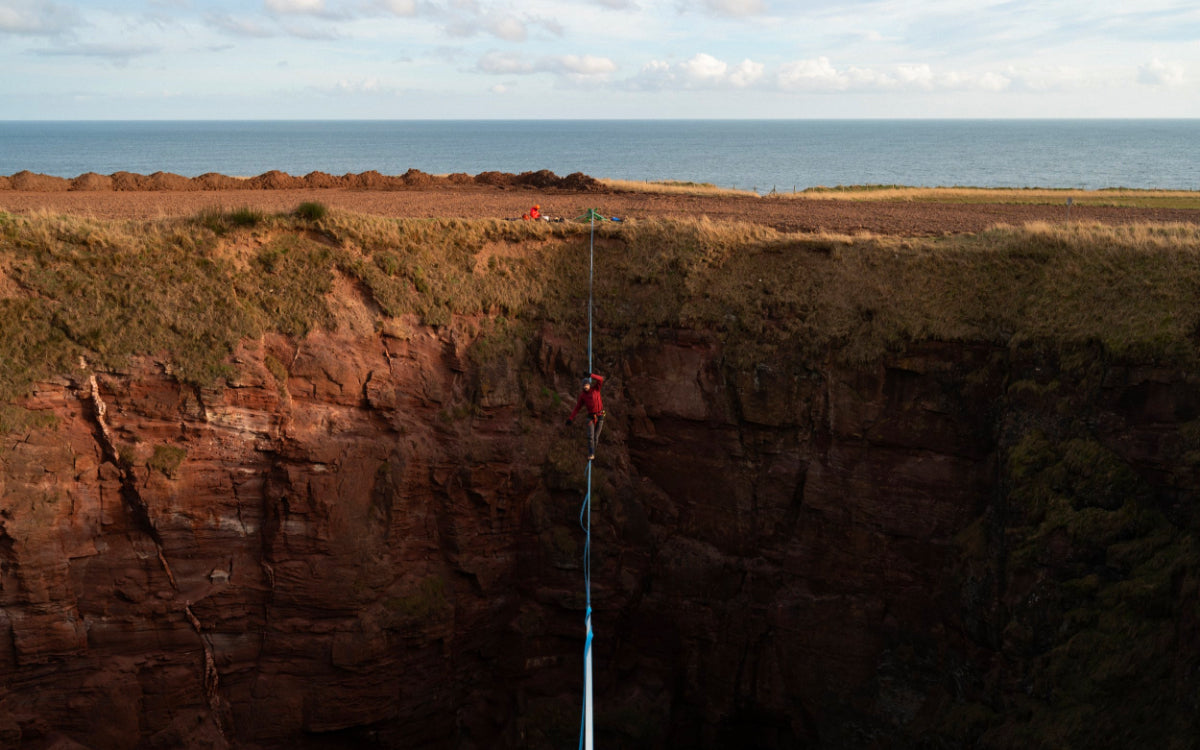
In the very first of our Adventure Tales, we speak to Owen Home: Scottish-based high liner and photographer. We explore high lining and what drew Owen to the sport, what his advice is to anyone else looking to start practicing, the ways in which photography has brought him closer to a life of adventure and so much more.
So, without further ado, let's dive in.
Tell us a little bit about yourself. Where do you call home and what is your profession? Feel free to include any other details about yourself that you think are important as an introduction.
My name is Owen Hope, I live in Glasgow, Scotland, but grew up in the Highland city of Inverness. At this moment in time, I’m a post-graduate student at the University of Glasgow School of Law and work part-time at a housing project for disadvantaged young men in need of various kinds of support.
What is your relationship to the outdoors?
Fortunate enough to grow up in the Highlands of Scotland, I spent a large portion of my childhood outdoors with my parents, my brother, and friends. I’m grateful to have been given the opportunity to acquire hobbies that are entirely orientated around being outdoors.
I, perhaps wrongly, feel highly protective of Scotland’s outdoor spaces. It often feels like we have a looming access crisis. Although outdoor tourism is such a key part of Scotland’s national identity, we currently face challenges regarding how we do, or don’t, manage access to some of the more beautiful parts of the country.
How has your role as a photographer influenced the way you see and perceive the world?
Spending time trying to take ‘good’ pictures has certainly encouraged me to spend time appreciating some things more than others. Although there’s no doubt that looking at the world as something to be photographed is very often a distraction from simply enjoying it, I do find that it allows any enjoyment of a place to be very diverse. You can end up having very diverse and rich experiences of the same place, simply because the light changes a bit, or the clouds thicken.
Tell us about high lining. What drew you to the sport?
Highlining is essentially the sport of rigging a piece of flat webbing (the highline) between two points, before walking along it. Those two points could be two mountain tops, two opposing cliff faces, a sea-stack and the land nearby, or the sides of a deep gorge.
I was initially drawn to the sport when watching Australian climber and highliner Michael Lehman rig and walk a highline on the east coast of Scotland in December 2019. It was other-worldly to watch him do something that, at first, looked like a completely unachievable feat. When Scotland went into Lockdown in March 2020 following the outbreak of COVID-19, I began practising in my local park on my days off work. Three years later, along with talented friends, I’ve been part of the sport’s growth in Scotland.
What do you love most about high lining and why?
I enjoy highlining for reasons that are likely identical to why people enjoy their own respective hobbies. It’s exhilarating and motivating to be active, and to do so alongside people whose company you enjoy. Some of the most fun times in my life so far have been enjoyed with friends by the anchor of a highline.
More specific to highlining, I especially enjoy taking something that appears to be horrifically dangerous, and taking steps to manage and reduce the risks involved so that it ends up being the safest thing you do that day. Highlining is a testament to the notion that very few things are inherently dangerous.
Of course, people can do pretty much anything in a dangerous way. For example, driving on a motorway can be awfully dangerous if done blindfolded. However, with appropriate training, practice, and equipment, you can manage the risks involved such that driving can become relatively safe, predictable and even enjoyable.
The same can be said for highlining. People assume that it must be inherently dangerous. There are few well founded arguments to support this idea. It certainly can be dangerous if you do not take the appropriate safety measures, or use the right equipment, or train property. However, when I am highlining with my friends, we are very particular with our efforts to make it as safe as possible, such that it ends up being very safe indeed.
What are the key skills both physically and mentally that you would identify in order to be successful at high lining?
At the base of it, you really have to want to highline. It isn’t something you’ll find yourself improving at if you aren’t personally motivated. Perhaps this is because, at the beginning at least, highlining involves making yourself feel very uncomfortable. Not many people bypass this stage by automatically feeling comfortable suspended on a 1” thick line, high above the ground below.
Psychologically, what helped me was carefully understanding the equipment I was using and how it is well designed to easily sustain the stress put on it while used for highlining. By understanding this I was able to rationalise what I was doing. This made it easier to overcome any irrational fear that I experienced.
Physically, although people of all different shapes, sizes and dimensions can master highlining, it’s clear that a basic level of coordination and fitness is required. This does not mean you need to consider yourself a pure athlete or anything close. If you can walk 100m on land, you can learn, over time, to walk 100m on a highline. Don’t hype it up too much in your head based simply on how it looks.
Where are some of the most beautiful and memorable places your career as a photographer have taken you?
In January 2017 I was working on a project where I had the opportunity to photograph a form of Mallu folklore art called Theyyam, in a rural area of Kerala, India. To this day, this remains one of the most beautiful and memorable places that photography has taken me.
What are your favourite shots to take and why?
Naturally, photographing the all-round adventure of highlining is something that continues to captivate me. The sport can require such a vast array of challenges to be overcome (rigging, climbing, walking, abseiling, driving, swimming… you name it), depending on the highline in question. It is never boring to photograph.
Do you have a fear of heights and if so, how have you overcome that in order to be able to practice and enjoy high lining?
To be very clear, I, like every other healthy human, experience a rational fear of heights. If I was put out on a highline without the necessary safety precautions having been taken, I would be just as terrified as the next person.
However, I feel better able to reduce this feeling by clearly understanding the suitability of the equipment that stands between me and injury. This is no different to other areas of life; flying along the motorway at 70mph would be utterly devastating if you were not able to reassure yourself of the suitability of your car to the task at hand!
For someone looking to start practicing high lining, what would your advice be to them?
Find slackliners near you! Join SlackChat, the world-wide Facebook Slackline Community, and reach out to anyone who may be nearby.
If this isn’t possible, the first thing you should do, assuming you don’t have nearby slackliners to join, is set an afternoon aside to binge-watch all the relevant YouTube videos you can find. Samuel Volery (from Slacktivity), Ryan Jenks (from HowNot2Highline), and Alonzo Rodriguez, among others, have an unending resource of tutorials on how to begin slacklining in terms of gear and technique.
How has your passion for high lining complimented your role as a photographer?
I don’t mind admitting that part of my attraction for highlining came originally from how incredible a spectacle it can be to photograph. The photographs I took of Mike Lehman on that first highline are still imprinted on the inside of my skull, it seems.
The adventure of highlining is invariably a story. It never quite goes to plan. Sometimes it goes better than expected, sometimes it goes much worse. There is always some kind of a story to tell. In this way, it can often lead to very compelling series’ of photographs whether the rigging expedition goes well or not.
I seem to have assume the role of photographer within our small Scottish highline team. I feel some kind of obligation to property document the infant stages of this sport in Scotland, I cannot specifically say quite why.
For anyone looking to become a photographer, what would your advice be to them?
Find what kind of photographs you like, and just spend time trying to take them as best you can. I can’t imagine that it needs to be more complicated than that.
Rapid Fire Questions

Favourite film?
An impossible question, but I’ll go for The Pink Panther (2006) because of the hours upon hours that my brother and I have spent laughing endlessly at it as children and adults.
Favourite series?
Peep Show by David Mitchell and Robert Webb.
Favourite book?
Fiction-wise, it’s got to be A Thousand Splendid Sons by Khaled Hosseini. Non-fiction, I’d say Poverty Safari by Darren McGarvey
Role model in the outdoor industry?
An equally impossible question… I’ll say Alex Honnold.
Favourite quote?
“Sapere aude”, meaning ‘dare to know’.
Favourite place that you have visited?
The airspace above Plodda Falls.
Dream job (it can be your current role of course)?
I (loosely, and likely in the relatively distant future) aim to qualify as a lawyer in Scotland, with the goal of providing accessible legal advice to people who perhaps need it most. A key issue is that many people who are facing legal problems in life are not acutely aware that their problem is a legal one, so therefore they often don’t seek the appropriate advice that would otherwise help them hugely. Admittedly, I’m not precisely sure how to go about this.
